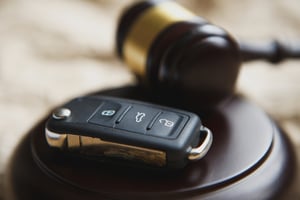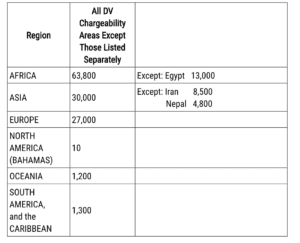How do you Surrender a Car in a Bankruptcy?
If you are thinking about filing for bankruptcy, you may wonder whether you are able to give up a car that you are financing, through the bankruptcy, and therefore relieve your liability on the loan. Surrendering a car is easy to do in a bankruptcy. If you own a car that has no equity, meaning that you owe more on it than its worth, you can simply surrender the car in the bankruptcy, without having to owe any more payments on it. After you receive your bankruptcy discharge, you may finance a new car with the money that you have saved from ceasing payments on the surrendered car. Surrendering a vehicle that has essentially no equity can also be beneficial because you can reduce your monthly expenses and save money.
The process of surrendering a vehicle in a bankruptcy is simple. Essentially one of two things will happen after your bankruptcy case is filed – you will either drop off the car to the lender, or the lender will come pick it up from you. After your case is filed, you will call the creditor and let them know that you are surrendering the car in the bankruptcy, and then you will arrange a time with them – for them to pick up the car, or for you to drop the car off. The timeframe for the actual surrendering of the car depends on the creditor and when your 341 hearing is. After filing for bankruptcy, you will attend a 341 meeting of creditors, although creditors almost never show up. Your 341 hearing will be about a month from the date your case is filed. The best time to surrender a car is at least 30 days after your 341 hearing. This is because your bankruptcy trustee has 30 days to object after the 341 hearing. If 30 days has passed and your trustee has not made any objections, then you know all of your property is yours and you can do as you please with it. At that point, it is safe to surrender your car.
Once you file for bankruptcy, a creditor cannot unilaterally take your car from you, due to the automatic stay. The automatic stay is a shield of protection that surrounds you and kicks in as soon as your case is filed. Due to the automatic stay, creditors cannot continue to collect from you, garnish your wages, sue you, or repossess any of your vehicles. Therefore, you will not need to be concerned that the lender will seize your surrendered car without your permission. If you would like to keep your car for longer than 30 days after your 341 hearing, typically it is safe to drive your car for around 45 days after the 341 hearing. However, it is important to keep in mind that if you are not making payments on it, keeping a car for too long that you intend on surrendering in the bankruptcy, could cause the creditor to file a motion for relief from the stay, and the judge would likely grant that motion.
CALL NOW FOR A FREE STRATEGY SESSION FROM A MN BANKRUPTCY LAWYER AT LIFEBACK LAW FIRM
Another option is to surrender the car and sell the car to a purchaser who is willing to pay fair market value for it. If that route is pursued, instead of giving the car back to the lender, it is important to contact the lender and let them know that you will pay the balance of the claim with the money you receive from the sale of the car. Moreover, it is best that the purchaser pay the value of the car listed in your bankruptcy schedules. To learn more about the process of surrendering a car in a bankruptcy, you should consult with an experienced bankruptcy attorney. See us at LifeBackLaw.com!






